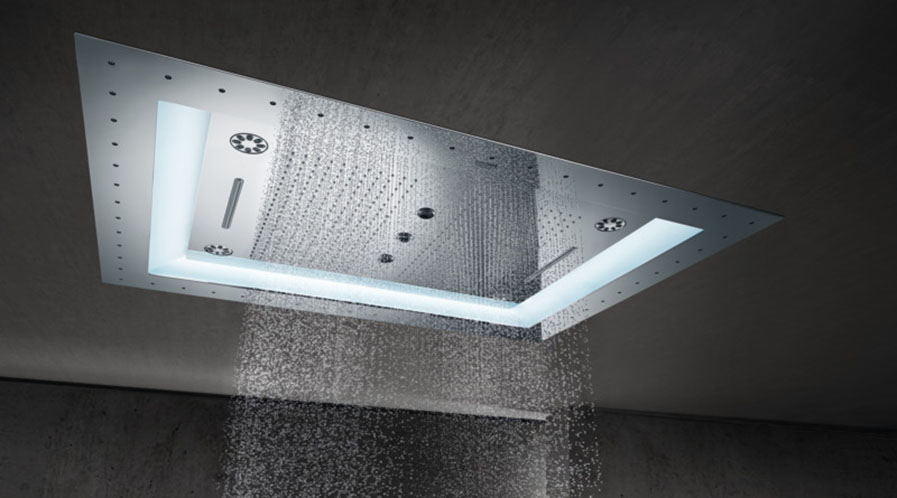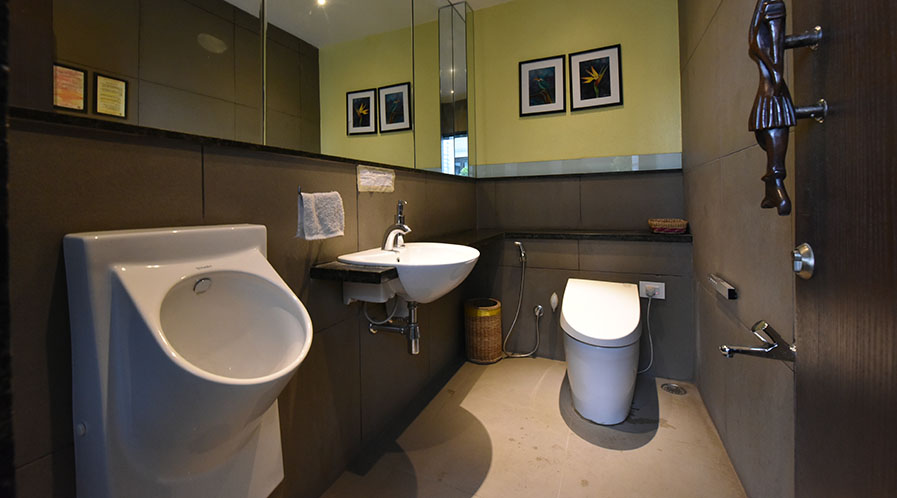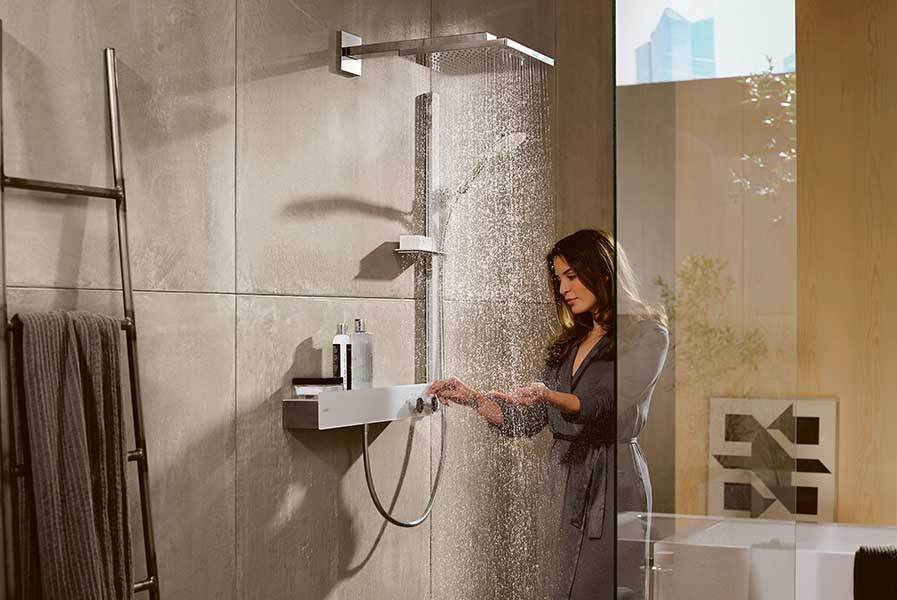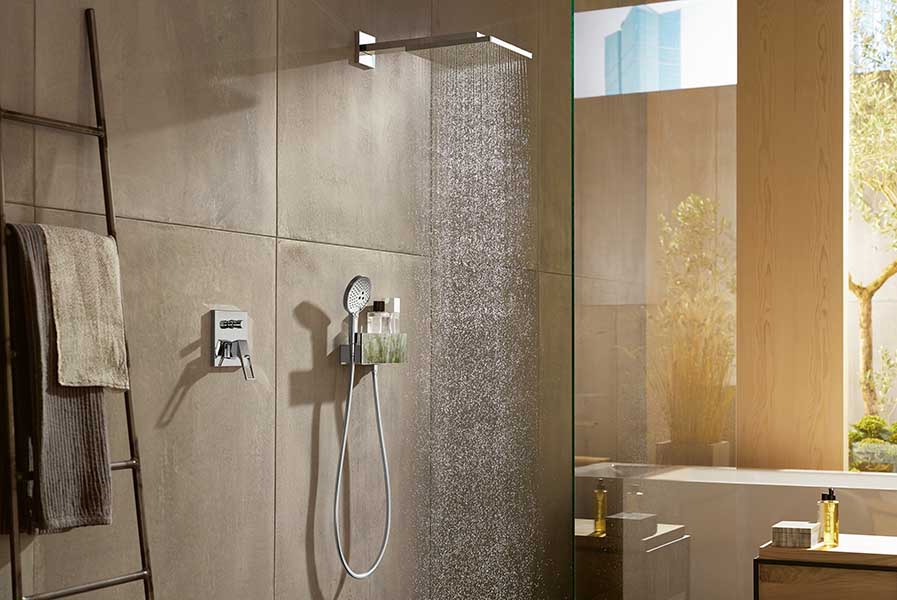Why Does Sustainability Matter?
Despite its initial higher cost as compared to traditional buildings, sustainable buildings can lessen the operating cost throughout their lifecycle while positively influencing the occupant’s health, efficiency and productivity. This often leads to higher property valuations!
It’s a well-known phenomenon that construction projects consume huge amounts of materials and in the process also create tonnes of waste. And, during the lifecycle of the buildings, it further increases its energy, water and consumption footprint. While rampant construction in face of rising demand due to rapid urbanisation is unavoidable, sustainably designed buildings can lessen the impact on our environment through energy and resource efficiency.
Sustainable architecture minimises non-renewable resource consumption, enhances the natural environment by eliminating or minimising the use of toxic materials and has minimum adverse impacts on local as well as global settings.
Sustainable buildings are adapted specifically to site climate and are flexible to evolve as conditions change. Sustainable buildings promote the health of the occupants, harvest their own energy and water needs on-site, operate pollution free and generate no waste that cannot be useful in a different process.

Preferred Materials
Most sustainable products are minimum of 90% recycled content materials, FSC-certified or reclaimed and local products from local sources, manufactured no further than 500 miles from the project. By choosing and working with local products, one can reduce the amount of embedded energy associated with bathrooms.
While designing or constructing a bathroom, Indoor Environmental Quality (IEQ) is a significant aspect that designers look into. Moisture control to maintain a humidity level of less than 60% is the goal. Properly sized fan and operable windows are essential. Therefore, choosing products that are naturally moisture resistant and low maintenance are proper considerations. A fact to note here is that products can contribute or qualify for various LEED credits; but no product, appliance or fixture can be LEED-certified – only buildings.

Impact on property valuation
LEED-certified buildings cost on average 1-2% more compared to conventional buildings. However, the decreased operating costs add a significant value to the user/buyer. The decrease in operating costs makes a property less expensive to operate over the long run. Even if a sustainable building is more expensive up front, over time it will be saving money for its owners/tenants. Sustainable buildings have 30% lower utility bills than conventional ones and the products last longer according to ECO-rate. Therefore ‘cost losses’ are another value to green buildings.
An indirect form of value is the marketing advantages to the owner, as sustainable buildings are more appealing to a buyer and as such the time needed to be on the market decreases, resulting in cost-saving from additional upkeeping.
Sustainability offers a positive effect on health, efficiency and productivity. These are desirable values. These sustainability features also result in monetary savings and as a direct result increase a property’s value. The benefits of a green building/bathroom are not only realised during construction but throughout the building’s life cycle.
Investors understand and respond to the demand for green construction and competition for better products is on the rise. The demand for green buildings is increasing, therefore the property values are responding accordingly. Government and construction policies are also fuelling the increase in demand with incentives and emerging laws.
Tenants’ demand for healthy, efficient buildings is another strong indicator in both commercial and residential settings. Corporate executives rate sustainability as a major factor in their location decision. Green building demand results in higher rents, lower vacancies, lower operating expenses, and lease or sell faster.

Sustainable washroom design
Water is essential to bathrooms. It is also a fragile resource. Therefore using it wisely is our responsibility. We need water for our taps, shower and toilet. While designing a sustainable bathroom, the designer should aim for innovative products which feature water and energy-saving technology besides being beautiful. Understanding not only how much water the client will be using in the bathroom, but how they are going to heat it, what products will be able to deliver it and how to save and replenish the water is important to create a sustainable bathroom.
Here are some of the widely used sustainable bathroom design considerations that Washrooms and Beyond have put together from its interactions with architects, interior designers, green building consultants and the manufacturers of sanitary ware and bath-fittings:
- Efficient hot water distribution – when building new or renovating, it is wise to locate the bathroom/kitchen/laundry and mechanical rooms as close as possible to reduce the amount of energy required to create and transport hot water.
- The location of the WC is an important design construction consideration. Installing the WC on an outside wall provides for ease of construction and reduces sound transmission.
- Dual flush technology for WCs saves water. Flexibility and efficiency control how much water we flush and could save up to 8 litres per flush. To earn 2 points for water efficiency, a new or renovating project’s toilet must have a flow rate of less than 1.1 gallons per flush (gpf).
- HETs (High-Efficiency Toilets) achieve their flow targets by employing improved hydraulic designs, better valving and sometimes even smaller tanks.
- Mixer technology for taps, with advanced cartridge valve and handle function for more control of the water flow, should be considered.
- Many luxury washroom use just 4 liters of water per minute (gpm) without compromising on style and efficiency. To earn points, a bathroom needs faucets with flow rates no greater than 1.5 gpm.
- The shower flow rate must be less than or equal to 2 gpm to earn 1 (LEED) point, and 1.75 gpm per stall to earn a maximum of 2 points. Low-flow showerheads and faucets will reduce demand for hot water resulting in energy savings in water heating.
- Use greywater (from sinks, showers, cloth washers) to supply water for toilets (subject to local codes).
- Pipe insulation – all hot water piping should have R-4 insulation including all elbows.
- Stormwater supply to the toilet is a very sustainable practice. The external rainwater storage tanks must be located as close as practical to the toilet area to reduce the distance of gravity supply to the cistern.
- Water reuse can earn a maximum of 5 points. Municipal recycled water or offset central water supply through the ‘capture and controlled’ reuse of rainwater and/or greywater.
Tags: Bathroom Design, Bathroom Interiors, Sustainability, Sustainable Design, Sustainable Washroom, Washroom Design



